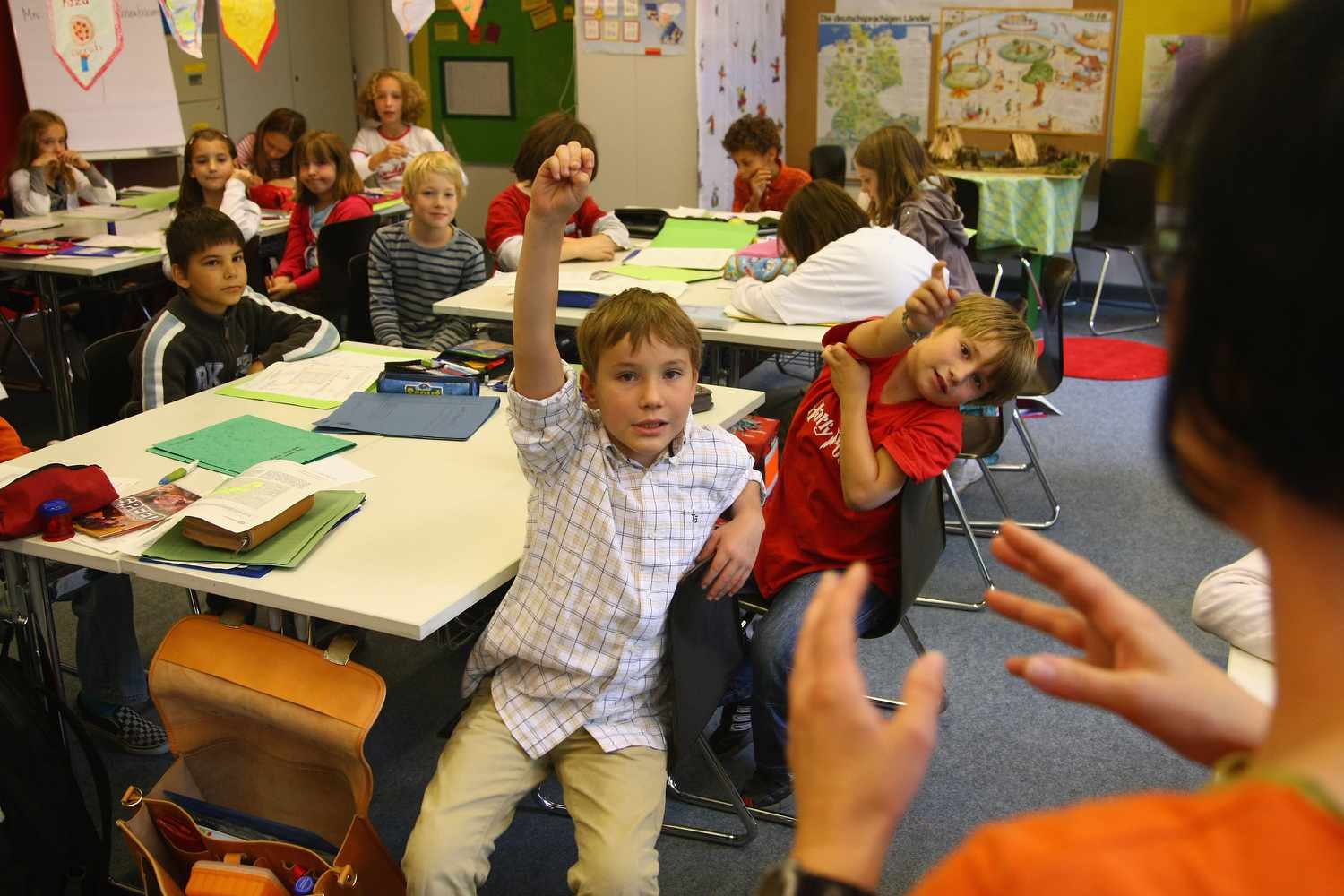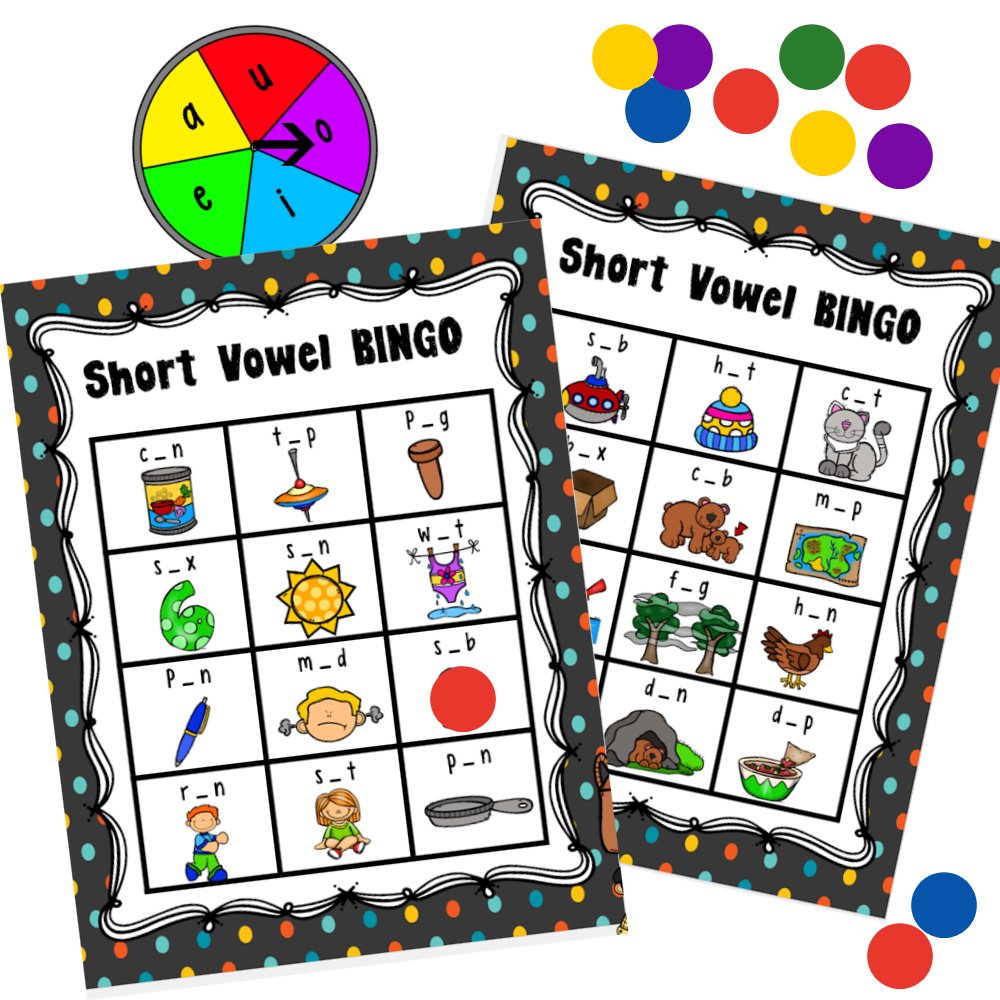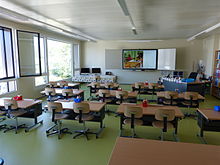
Here are some great word games for your kids. There are many options to choose from. You can also search online for word search grids or create your own word search maps by drawing 10x10 grids. To make the game more challenging, you can also make the words go diagonally or up and down. You might also like the challenge of letter overflows for older kids.
Hangman
Hangman is a great way to teach children vocabulary and to introduce words to them. Because it uses only words appropriate for young children, you can also use it to help them learn how to spell. Index cards can be used to play. If your child flips a deck of cards, they should use the card to say the word.
This word-recognition puzzle is perfect for kindergarteners and first graders. It is also suitable for those who are learning to read in English. You could use images of a hangingman with a barbed wire body or a bloated, blue body to help children remember which letters they are associated with.

Bananagrams
Bananagrams is an excellent word game for kids. Puzzability's smart puzzle collection is a great way to introduce your child this popular word game. There are many puzzles to challenge and delight. This puzzle game is designed to stimulate thinking in children.
Bananagrams is a wonderful way to teach vocabulary and word building to children. This book includes over 130 puzzles, making it a great addition to your child's library.
Ruzzle
Ruzzle is a word game where players have to make words in a specified time. Players earn points for each correct word that they form. The round ends with the winner being the player who has the most points. Playing against the computer, friends or random opponents is possible. Each player has two minutes to make words.
It is a great game to increase vocabulary and spelling abilities. The clue requires players to arrange the letters in a particular way so that they form words that match the clue. This game is similar in concept to a crossword. It has seven clues and seven mystery letters. To complete levels, players must find words that match the clue.

One Letter Change-Up
One Letter Change Up is a word building game that focuses primarily on building phonics and word construction. It helps students distinguish between uppercase and lowcase letters as well as the curved portion of letters. The letter c differs from the lowercase version because of its curving portion.
Tapple
Tapple is an excellent way for children to learn vocabulary and improve their grammar. Tapple is fast-paced, has over 3000 questions, and uses letter combinations. It allows players the opportunity to learn from each other. It's recommended by Dr. Norrine Russell, a speaker at ADDitude webinars.
Players will take turns uttering words from a particular category and pressing a particular electronic letter. Then, a timer is set. The timer is stopped if a player uses an unavailable letter or runs out. Players keep passing each other until there is only one remaining. The winner of the round gets a card. Each set of cards has one category.
FAQ
What is homeschooling?
Homeschooling allows children to be educated at their own home by their parents. It's also known as home education, self-education, and home educating.
If you want your children to learn at home, then homeschooling can be a great option. This allows them access to a quality education while staying at home.
From birth, parents educate their children until high school. They choose the subjects they wish to study, and how long each subject should be studied. Everything is learned by the student on their own.
Parents decide when to begin teaching their children. Many schools recommend children attend classes starting at the age of four or five. Some families decide to wait until kindergarten to start teaching their children.
There are many resources parents can use to help them navigate the curriculum. There are many resources that can help you learn. These include videos, books, websites, magazines and even magazines.
Many families find that homeschooling is a good fit for their hectic schedules. The parents can spend more time together than traditional public school teachers.
How much does homeschooling cost?
There are no set fees for homeschooling. Some families charge between $0-$20 per lesson. Other families offer free services.
However, homeschooling does require dedication and commitment. Parents need to make sure they have enough time to spend with their children.
They must also have access to books, supplies, and other learning tools. Homeschoolers are often required to attend community events and participate in programs that complement their curriculum.
Parents should think about transportation costs, tutors, and other activities.
Homeschoolers need to be prepared for special occasions, field trips and vacations.
Homeschooling is for everyone.
Anyone can homeschool. No special qualifications are required.
It is possible for parents to teach their children after they have finished high school. Many parents choose to teach their children as they go to college.
Parents with less formal education can learn how to teach their children.
After meeting certain requirements parents can become teacher certified. These requirements are different for each state.
Some states require homeschooled students take a test to graduate. Others do not.
Parents who wish to homeschool must register their family with the local school district.
This involves filling out paperwork, and submitting it back to the school board.
After registering, parents may enroll their children into public or private schools.
Some states allow parents to homeschool, but they must register their children with the government.
If you reside in one of these states you are responsible for making sure your children comply with the compulsory attendance laws.
Statistics
- They are more likely to graduate high school (25%) and finish college (116%). (habitatbroward.org)
- These institutions can vary according to different contexts.[83] (en.wikipedia.org)
- Data from the Department of Education reveal that, among 2008 college graduates, 92.8 percent of humanities majors have voted at least once since finishing school. (bostonreview.net)
- “Children of homeowners are 116% more likely to graduate from college than children of renters of the same age, race, and income. (habitatbroward.org)
- In most developed countries, a high proportion of the population (up to 50%) now enters higher education at some time in their lives. (en.wikipedia.org)
External Links
How To
What is vocational Education?
Vocational Education, which is an educational system that prepares high school students for jobs after college or high school, provides them with training in specific skills required for a job (e.g. welding). Vocational Education also offers apprenticeship programs that provide on-the-job training. Vocational education stands out from general education. This is because it focuses less on general knowledge and more on developing skills for specific occupations. Vocational training is not designed to prepare individuals for university but rather to assist them in finding jobs upon graduation.
Vocational education can be offered at any level of schooling: primary, secondary, college, university, technical institutes and trade schools. There are many schools that specialize in specific subjects, such as nursing schools (law schools), medical schools, dental school, veterinary medicine and firefighting schools. These schools offer both practical and academic training.
Over the past decade, a number of countries have made substantial investments in vocational education. These include Australia, Denmark and Finland, Germany. The effectiveness of vocational education is still controversial. Some critics argue that it does little to improve students' employability; others argue that it provides useful preparation for life after school.
According to the U.S. Bureau of Labor Statistics, 47% of Americans have a degree or certificate related to their current occupation. This is a higher percentage among those who have more education. 71% are currently employed in fields that require postsecondary qualifications.
The BLS reported that almost half the adult population of the country had at least one form of postsecondary credential as of 2012. About one-third of Americans held a two-year associate degree, while about 10 percent held a four-year bachelor's degree. One in five Americans holds a master’s degree or doctorate.
The median annual salary for people with a bachelor's was $50,000. This compares to $23,800 for those who don't have a degree. The median income for those with advanced degrees was $81,300.
For those who did not complete high school, the median wage was only $15,200. For those who did not complete high school, the median annual salary was only $15,200.